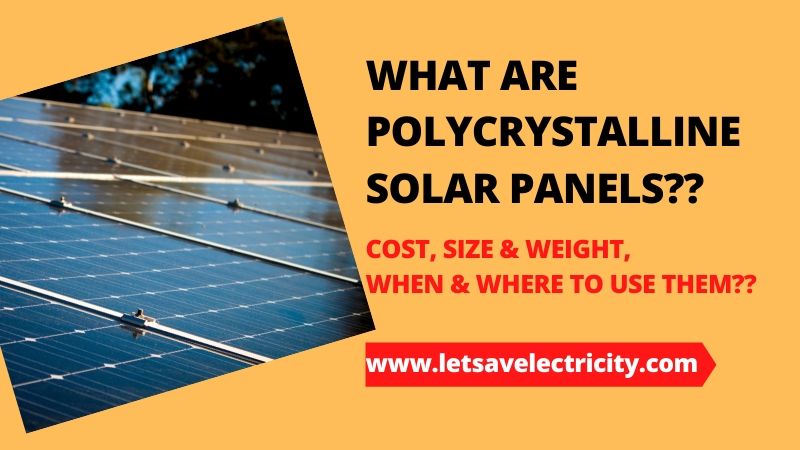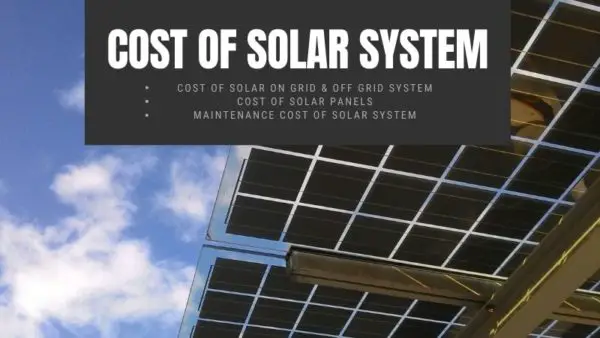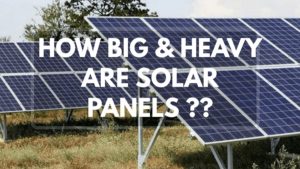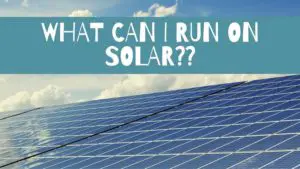Polycrystalline Solar Panels are the most widely used solar panels for residential solar installations. In this article we will see what are polycrystalline solar panels, how much they cost, what is their size & weight, should you use them or go for monocrystalline solar panels.
What are polycrystalline solar panels?
Polycrystalline solar panels are the most widely used solar panels in the world today. If you have seen a roof with solar panels on it then chances are it is polycrystalline.
Polycrystalline solar panels offer great efficiency in affordable pricing.
Polycrystalline solar cells are made by melting fragments of different silicon crystals, pouring it in a mold and then cutting it in square shape to form a solar cell also called as ‘wafers’.
These solar cells are then arranged in rows and columns to form a solar panel, which are then arranged in series and parallel arrangement to form solar array and thus a solar power plant.
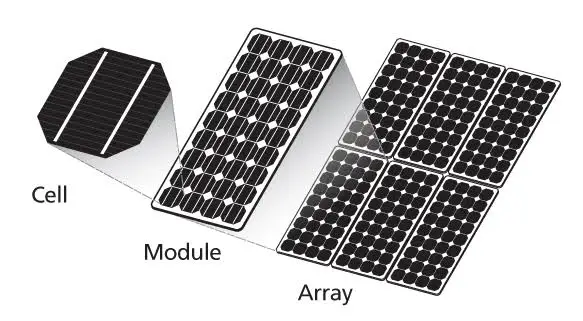
Polycrystalline VS monocrystalline solar panels:
Unlike polycrystalline solar panels, monocrystalline solar panels are made up of single silicon crystal.
Since the cell of monocrystalline solar panels is composed of a single silicon crystal, the electrons that generate flow of electricity have more room to move. As a result, monocrystalline panels are more efficient than polycrystalline solar panels.
However the difference in efficiency is very small and at times can be ignored if project size is too small.
Monocrystalline solar cell manufacturing process is complex and expensive which makes them more expensive than polycrystalline PV panels.
How do polycrystalline solar panels look?
If you see a solar panel then by visual inspection it is quiet easy to identify whether it is polycrystalline solar panel or not.
The two main distinguishing factor in polycrystalline solar panels are:
- The surface of the polycrystalline solar panel is blueish in colour whereas mono have a blackish surface.
- In polycrystalline solar panels Individual solar cells which make the solar panel are of square shape, whereas in monocrystalline solar panels they are of square shape with chamfered edges.
Both of this difference can clearly be spotted in the image below.
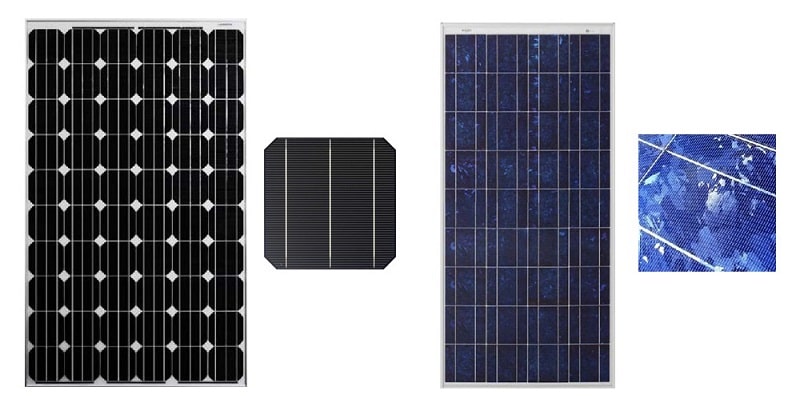
What is the efficiency of polycrystalline solar panels?
Polycrystalline solar panels have 16 % – 18 % efficiency, which means out of 100% sunlight falling on the solar panel 18% of it is converted in electricity and rest is wasted.
Whereas monolycrystalline solar panels have slightly higher efficiency in the range of 18 %- 20 %.
Polycrystalline solar panels with PERC technology have almost same efficiency as monocrystalline PV panels of same wattage.
I pulled up some data from Canadian solar KuMax series and HiKu series and it is quite evident that the difference in efficiency between poly and mono isn’t much.
| Canadian Solar | Efficiency Poly (%) | Efficiency Mono (%) |
| KuMax Series (370W) | 18.65 | 19.15 |
| HiKu PERC Series (365W) | 19.73 | 19.73 |
What is the Price of Polycrystalline solar panels?
The price of Polycrystalline solar panels varies from wattage to wattage and brand to brand.
A 250 watt solar panel will be cheaper than a 350 watt solar panel.
In the same way a 350 watt solar panel from Canadian solar will be more expensive than a 350 watt solar panel from vikram solar.
Still to give you a rough estimate, the average cost of polycrystalline solar panels is between Rs 19 / watt to Rs 25 / watt.
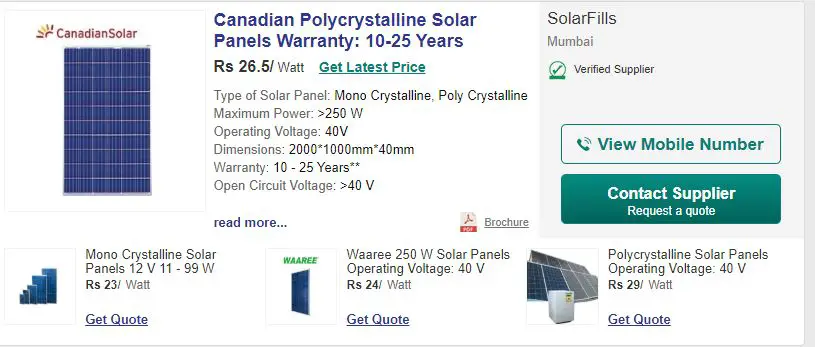
On the other hand average cost of monocrystalline solar panels varies between Rs 32 / watt to Rs 50 / watt depending on the brand and wattage.
What is the size of ploycrystalline solar panels?
Both poly & monoystalline solar panels come in various sizes. The size of a solar panel depends on wattage and cell configuration, which depends on the number of solar cells.
Every solar panel be it mono or poly is made by connecting solar cells in series and parallel arrangement, the standard size of a solar cell is 156 mm X 156 mm (approx. 6 inch X 6 inch).
For a 60 cell solar panel the cell arrangement can be 6 X 10 and for a 72 cell solar panel cell arrangement is 6 X 12.
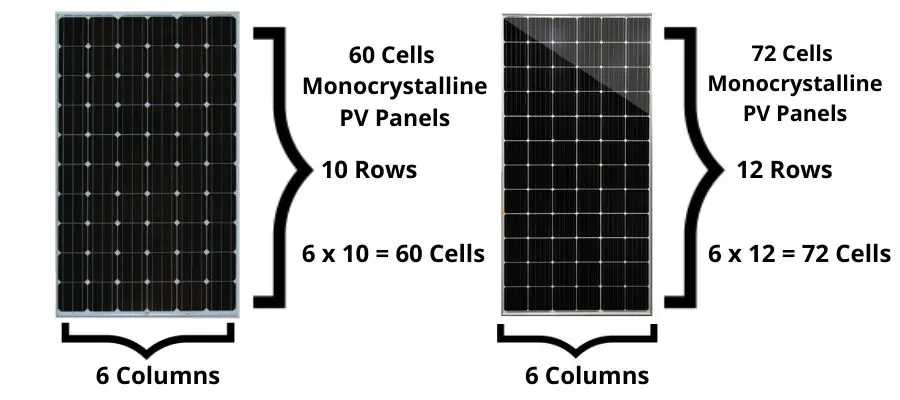
Now a days you will also see half cut 120 cells and half cut 144 cells solar panels too.
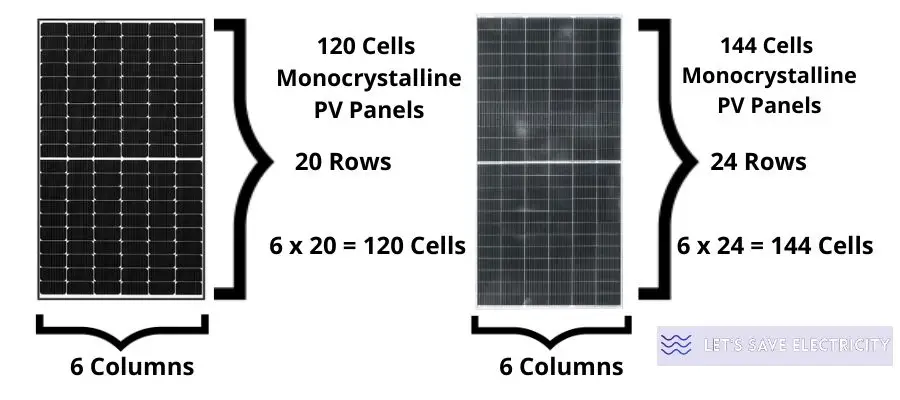
The standard size of a polycrystalline solar panel is:
- The size of a solar panel with 60 cell configuration is 39 inch X 66 inch (3.25 ft X 5.5 ft).
- The size of a solar panel with 72 cell configuration is 39 inch X 77 inch (3.25 ft X 6.42 ft).
The standard weight of a polycrystalline solar panel is:
- The weight of a 60 cell solar panel is 16-22 kg.
- The weight of 72 cell solar panel is 22 – 28 kg.
When to use polycrystalline solar panels:
The main reason for going solar for most customers is the big savings in electricity bill they get. But to get this big savings should you go for more expensive monocrystalline solar panels or polycrystalline will be just as good, let’s find out.
- Enough Rooftop Area: If you have enough rooftop area available to suffice your complete solar requirement then no need to go for monocrystalline solar panel.
- Use solar for 10 years: If you want to use solar panels only for 5-10 years and not planning to use them for 25 years, then go for the cheapest polycrystalline solar panel as they produce almost same power and they are definitely not going to stop working in just 10 years(10 years manufacturing warranty and 25 years performance warranty).
- House receives enough sunlight: If your house receives enough sunlight throughout the year (300 days) then don’t go for monocrystalline solar panels.
Advantages of polycrystalline solar panels:
- Polycrystalline solar panels are the cheapest crystalline solar panels available in the market.
- Polycrystalline solar panels have good efficiency and they produce good amount of power. It may not be as good as monocrystalline but it’s not bad either.
Disadvantages of Polycrystalline solar panels:
If you download the data sheet for both polycrystalline solar panels and monocrystalline solar panels you will find out that monocrystalline solar panels are available in larger wattage’s like 450 watt and also they have slighly higher efficiency which means they require slightly less area to cover the same kilowatt of solar.
However in my view this difference should be ignored if you are installing a small solar plant because it’s not too much.
Latest Tech in Solar Panels:

It took conventional solar cells almost 30 years to reach the 20% efficiency they have today, but a new man made material is in development which has reached this figure in less than 5 years, it is called Perovskite cell.
This new photovoltaic tech uses hybrid organic-inorganic lead or tin halide-based material as the light-harvesting active layer. It’s the first new technology to come along in years to offer the promise of better efficiency in the conversion of light to electric power at a lower cost than existing technologies.
Oxford PV has already set a world-leading efficiency mark for perovskite-based cells at 27.3 percent. That’s already 4 percent higher than the leading monocrystalline silicon panels available today.
You can check out this Ted Talk from the man who pioneered this technology
Conclusion:
To conclude this article I would say that polycrystalline solar panels are the most economical solar panels available in the market. They offer 16 % – 18 % efficiency and have performance warranty of 25 years (surely last well over 25 years).
Polycrystalline solar panels are available in wide range from 100 watt to 400 watt and from 60 cells to 144 cells.
If you are installing smaller solar system then you should go with polycrystalline without any hesitation, they will cut your upfront cost by fair value and give good performance.
f you liked this article then please share it on WhatApp, facebook, reddit and anywhere and everywhere else.
If you want any more clarifications then feel free to write your queries in the comment section, I’ll try to answer them.
References:
- https://www.vikramsolar.com/
- https://mnre.gov.in/
- https://techcrunch.com/2018/12/26/a-new-solar-technology-could-be-the-next-big-boost-for-renewable-energy/
- https://www.sciencedirect.com/topics/chemistry/czochralski-process


